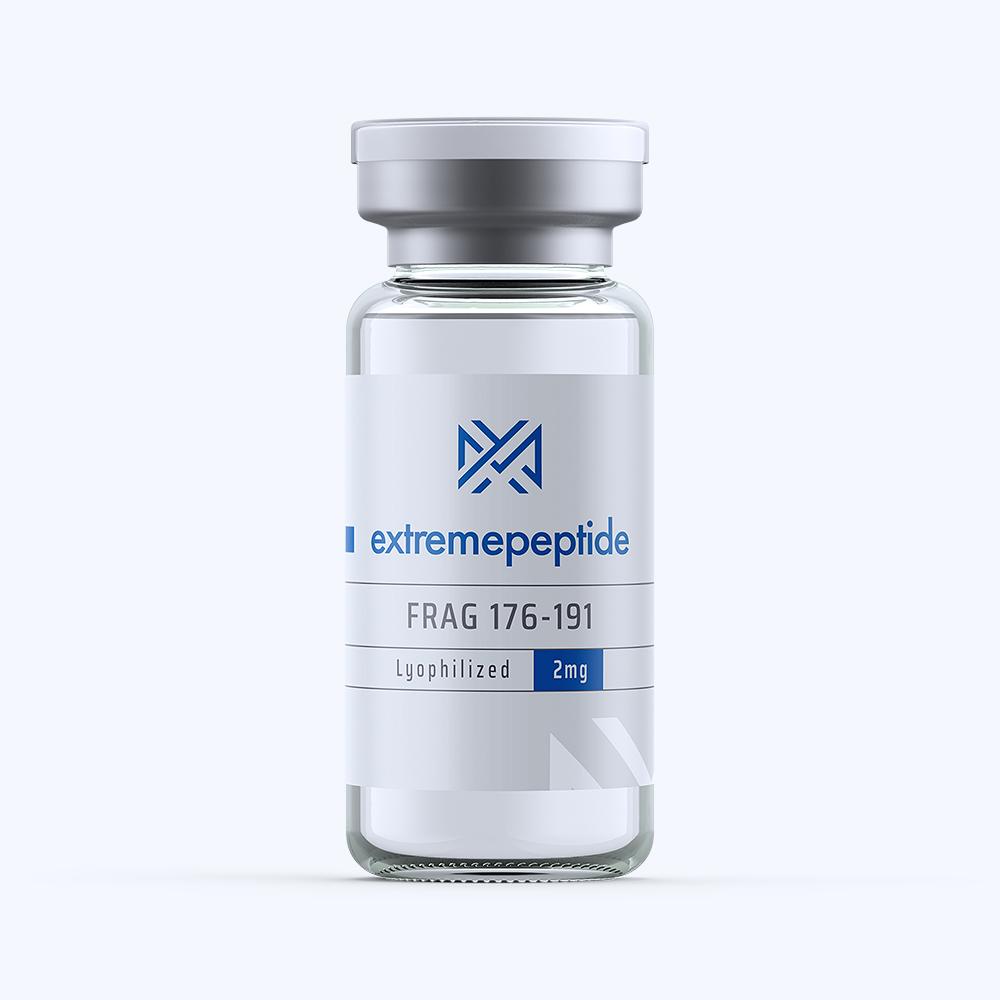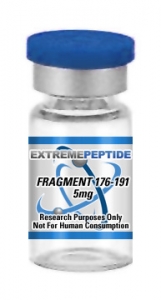(Click here to read our disclaimer)
(To buy our fragment 176-191 online click here)
Fragment 176-191 refers to the PGP9.5 synthetic peptide which corresponds to the amino acids of peptide 175-191 PGP9.5. It may also be known under the names neuron cytoplasmic protein 9.5 or gracile axonal dystrophy.
This particular concentration is suggested to be used as an antibody or antigen binder in animals. When used with antibodies, fragment 176-191 should be pre-incubated with a peptide before it is introduced to a given tissue. The chemical has not been tested outside of this application so further dilutions or concentrations of this chemical are determined within the confines of a given study.
Functionality
 The use of fragment 176-191 is largely focused on the cytoplasm and endoplasmic reticulum membrane, a majority of which associated with membranes of the brain.
The use of fragment 176-191 is largely focused on the cytoplasm and endoplasmic reticulum membrane, a majority of which associated with membranes of the brain.
In a natural setting, the chemical stimulates the ubiquitin-protein hydrolase that is involved in processing ubiquitinated proteins and ubiquitin precursors.
This enzyme will recognize the peptide bond at the glycine C-terminal of ubiquitin.
The chemical may also bind to a free monobiquitin in order to prevent degradation of lysosomes. The chemical might have ATP-independent ubiquitin ligase activity.
In a natural setting fragment 176-191 is found in the neocortex within the neuronal cell bodies of animals. It is expressed through the cells and neurons as a means of diffusing the neuroendocrine system and tumors created therein. Fragment 176-191 may weakly appear in the ovaries of such subjects.
Sources
http://www.abcam.com/PGP9-5-peptide-175-191-ab38203.html?productWallTab=Questions
Click here to view our entire PDF research library
Click here to view/download the PDF version of this article
